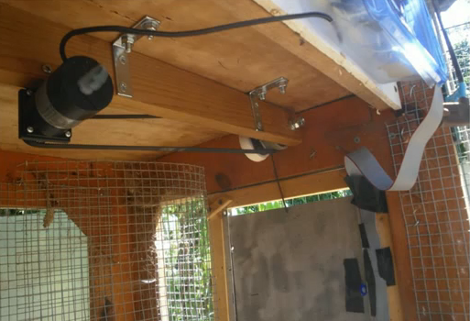With fall approaching you might think about moving your gardening inside. [Jared] used cheap and readily available materials to make these salad-green trays. When used with his grow lights and tent (which he built during a different project) he was able go from seed to salad-bowl in just four weeks.
A pair of plastic storage bins act as the base, keeping the water right where it should be. Some holes cut into a piece of solid foam insulation holds a set of plastic pots in place, allowing the water to leech into the Rockwool that holds each plant in lieu of soil. To aerate the water [Jared] grabbed a cheap aquarium pump, splitting the output into several different branches. Each has its own check valve to ensure that a pump failure doesn’t let the water find its way out of the plastic tube. A set of bubble stones breaks up the output, helping to mix it with the water.
This isn’t quite as easy to pull off if you don’t already have a grow light. But you can always make it worth the investment if you decide to start next summer’s garden from seed. Or perhaps you can try to make your own using a varation of this shop lighting hack.
[Thanks Jayson]


















